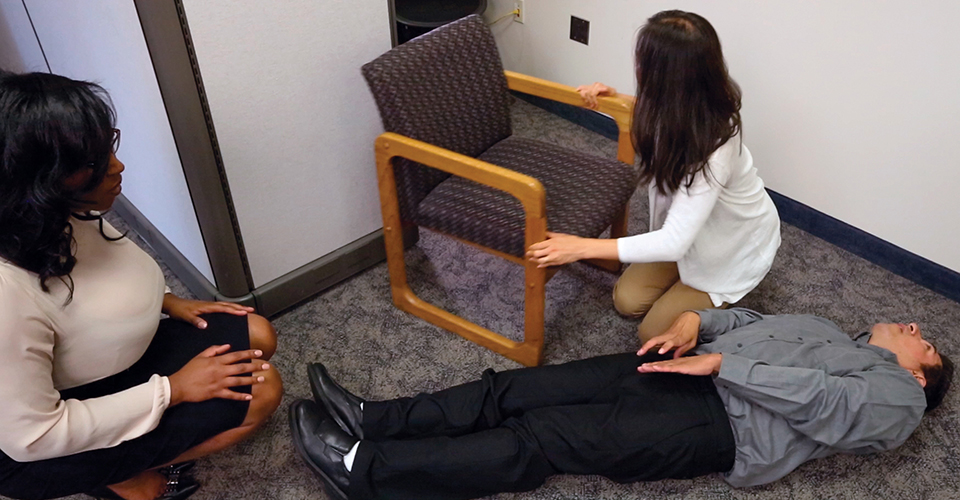Epilepsy is a neurological disease that makes a person more prone to having a sudden, unexpected seizure. It is often characterized by a history of seizures with no underlying specific cause.
In honor of National Epilepsy Awareness Month, let’s take a moment to learn more about this neurological disorder and the appropriate emergency care response for someone having a seizure as a result of the disease.
The Epilepsy Foundation explains that:
-
Epilepsy can affect anyone. According to the World Health Organization, epilepsy is the most common serious brain disorder worldwide with no age, racial, social class, national or geographic boundaries.
-
Public misunderstanding about epilepsy causes social challenges like bullying, discrimination, and depression. People don't want to talk about it, but we can no longer ignore it.
-
Over a lifetime, one in 10 people will have a seizure, and one in 26 will be diagnosed with epilepsy. There are 3.4 million people in the U.S. living with active epilepsy - that's more than Autism Spectrum Disorders, Parkinson's, Multiple Sclerosis and Cerebral Palsy combined. Yet, Epilepsy receives one-tenth the research funding than any one of those neurological disorders.
To learn more about the Epilepsy Foundation’s “Let’s Use Our Brains to End Epilepsy” awareness campaign and how you can help, visit endepilepsy.org.
Responding to a Seizure
Most seizures last only a short time and stop without any special treatment. While there are many things, including epilepsy, that can cause a seizure to occur, the care provided is always the same:
-
Protect the person from injury during the seizure.
-
Move objects away that he or she may bump into. Protect the person’s head from injury as a priority.
-
Do not restrain the person. Allow the seizure to take its course.
-
If possible, roll the person onto his or her side to allow saliva to drain from his or her mouth.
-
Do not put anything in the person’s mouth, including your finger. There is no danger of the tongue being swallowed.
Activate EMS if the person does or experiences any of the following:
-
Is injured or vomits during the seizure
-
Has no history of seizure
-
Has multiple seizures or continues to seize for more than 5 minutes
If breathing is present after a seizure stops, which is likely, place the person on his or her side in a lateral recumbent recovery position to protect the airway.
If responsiveness and breathing are absent, begin CPR and use an AED, if available.
Normally, once a seizure stops, responsiveness improves slowly over time. Provide continual reassurance as the person’s mental ability recovers. Provide privacy to minimize embarrassment. it is best to not allow the person to perform actions, such as driving or operating machinery, that could pose a risk for additional injury. Continue to monitor until EMS personnel take over care or the person returns to normal.
Are you ready to help someone in a medical emergency at your workplace or in your community? Don’t let 2019 slip away without taking that CPR, AED, and first aid class you’ve been thinking about! Click the button below to find an ASHI or MEDIC First Aid Training Center near you and sign up today.








.png?width=600&name=HSI-CTA-EmergencyCareTraining%20(1).png)











Comments